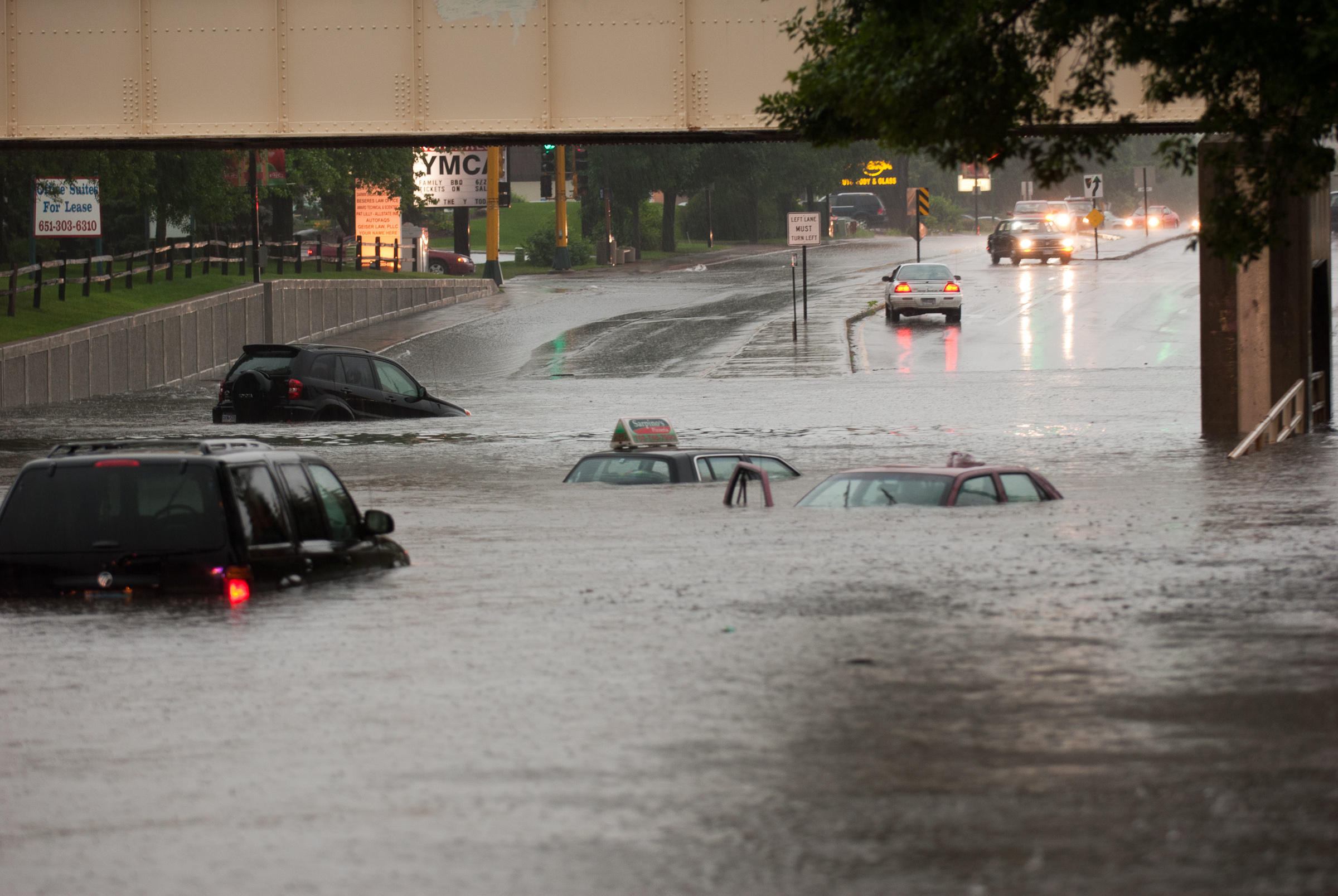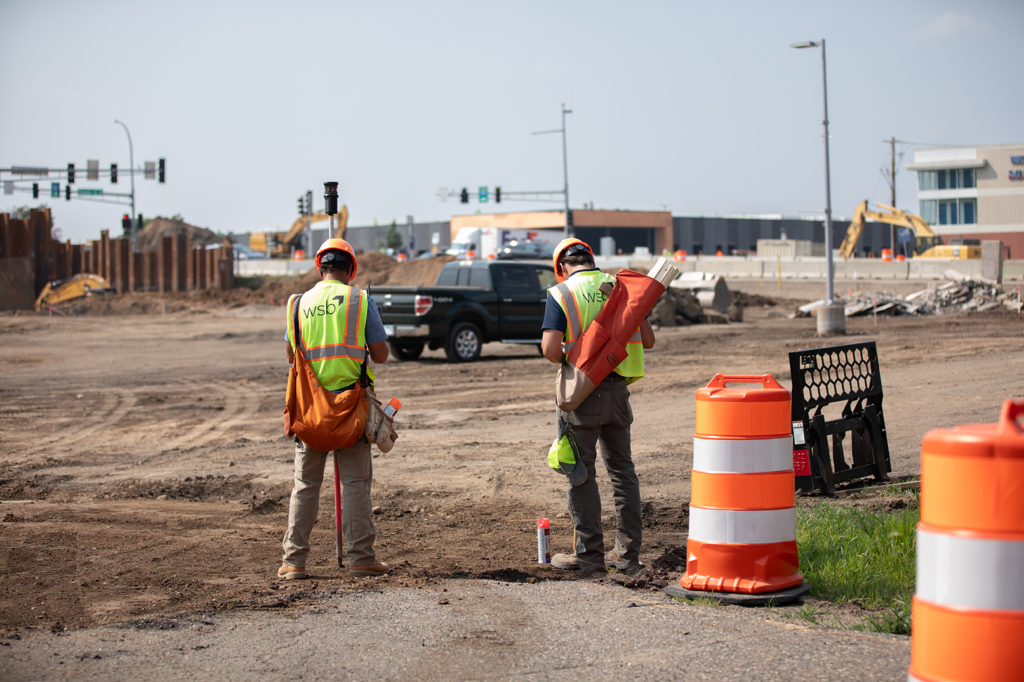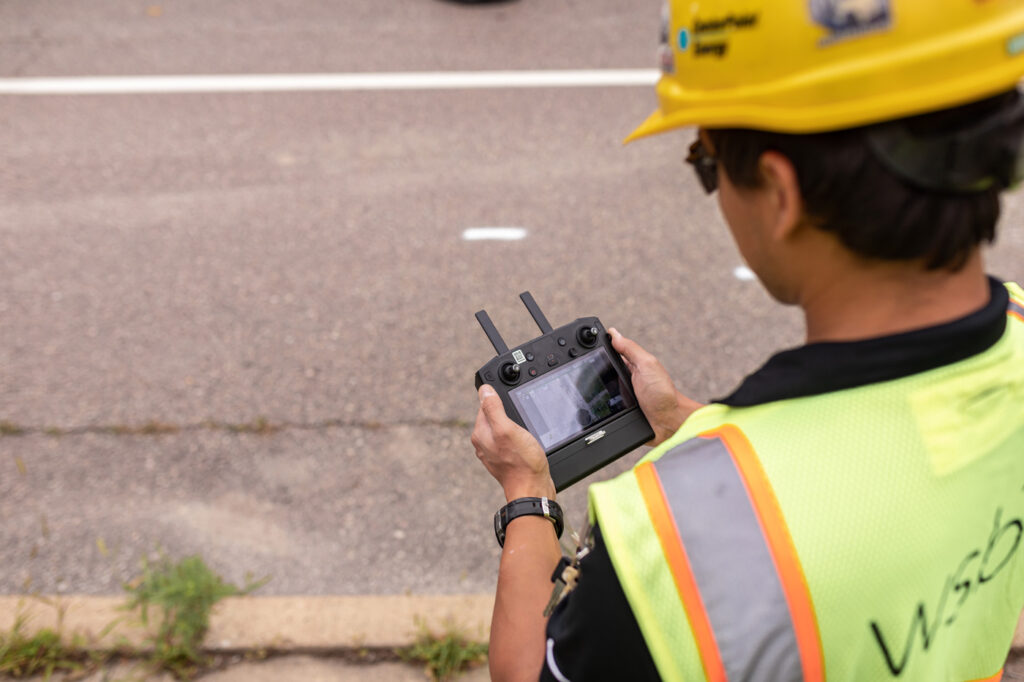June 4, 2025
By: Allison Whitsitt, Planning Manager, WSB
When severe weather strikes, taking swift and informed action is crucial to ensure safety and minimize storm risks. Being prepared and knowing how to respond effectively can make a significant difference.
Stay Indoors & Seek Shelter: During severe weather, it’s essential to follow your preparedness plan by sheltering in a designated safe space, such as a basement or an interior room without windows. If you’re in a public location, avoid large open rooms like gymnasiums and seek shelter away from windows and glass doors. For those caught outdoors, do not attempt to drive, especially in dangerous weather like tornadoes or flash floods. Instead, find sturdy shelter to reduce storm risks. Stay away from overpasses, trees, or other unsecured structures that could pose a risk. If no shelter is available, lie flat in a low-lying area while covering your head and neck.
Stay Alert & Informed: Staying informed during severe weather is critical to managing storm risks. Keep a charged cell phone and a backup battery handy. This ensures you can receive updates and stay connected. Invest in a NOAA Weather Radio to receive real-time emergency broadcasts, even if cellular networks fail. While social media and local emergency management pages can provide valuable updates, they should not be your sole source of information. This is due to the potential for misinformation or network outages. Ensure notifications for weather alerts are enabled on your phone to stay updated on warnings and advisories in your area.
Avoid Complacency: Severe weather often brings multiple alerts over time, leading to what’s commonly known as “weather fatigue.” This constant barrage of warnings can cause people to ignore subsequent alerts, assuming the danger has passed. However, severe weather patterns are unpredictable and can change rapidly, making it crucial to treat each warning seriously to mitigate storm risks. Always listen to official directives, even if the situation seems stable, as conditions can escalate without warning.
Aftermath & Recovery Resources: The aftermath of severe weather can be challenging and require time and effort to recover. Local Emergency Managers are often the first to provide assistance, helping with debris removal, temporary relief efforts, and damage reporting to state and federal agencies. Understanding storm risks is important because immediate assistance might not be available for up to 72 hours. This is because response teams mobilize resources. To facilitate quicker recovery, document all damage by taking photos and videos of your property before discarding any damaged items. These records, along with receipts for repairs or replacements, can be invaluable for insurance claims or applications for disaster assistance.
Beyond personal recovery, building community resilience is a vital part of preparedness. When individuals and families have a plan, and encourage others to develop their own, the entire community benefits. A resilient community can respond more effectively to crises, reduce storm risks, and recover more quickly. Preparedness extends beyond individual safety—it strengthens the bonds within neighborhoods and fosters a collective effort to face and overcome challenges together.
WSB Support for Communities: At WSB, we are dedicated to supporting communities not just in the aftermath of severe weather but also in preparation for it. We work to raise awareness about potential storm risks, provide resources to strengthen preparedness efforts, and assist in recovery. This helps individuals and neighborhoods rebuild stronger and safer. Together, we can create a culture of readiness and resilience, ensuring that no one faces these challenges alone.





